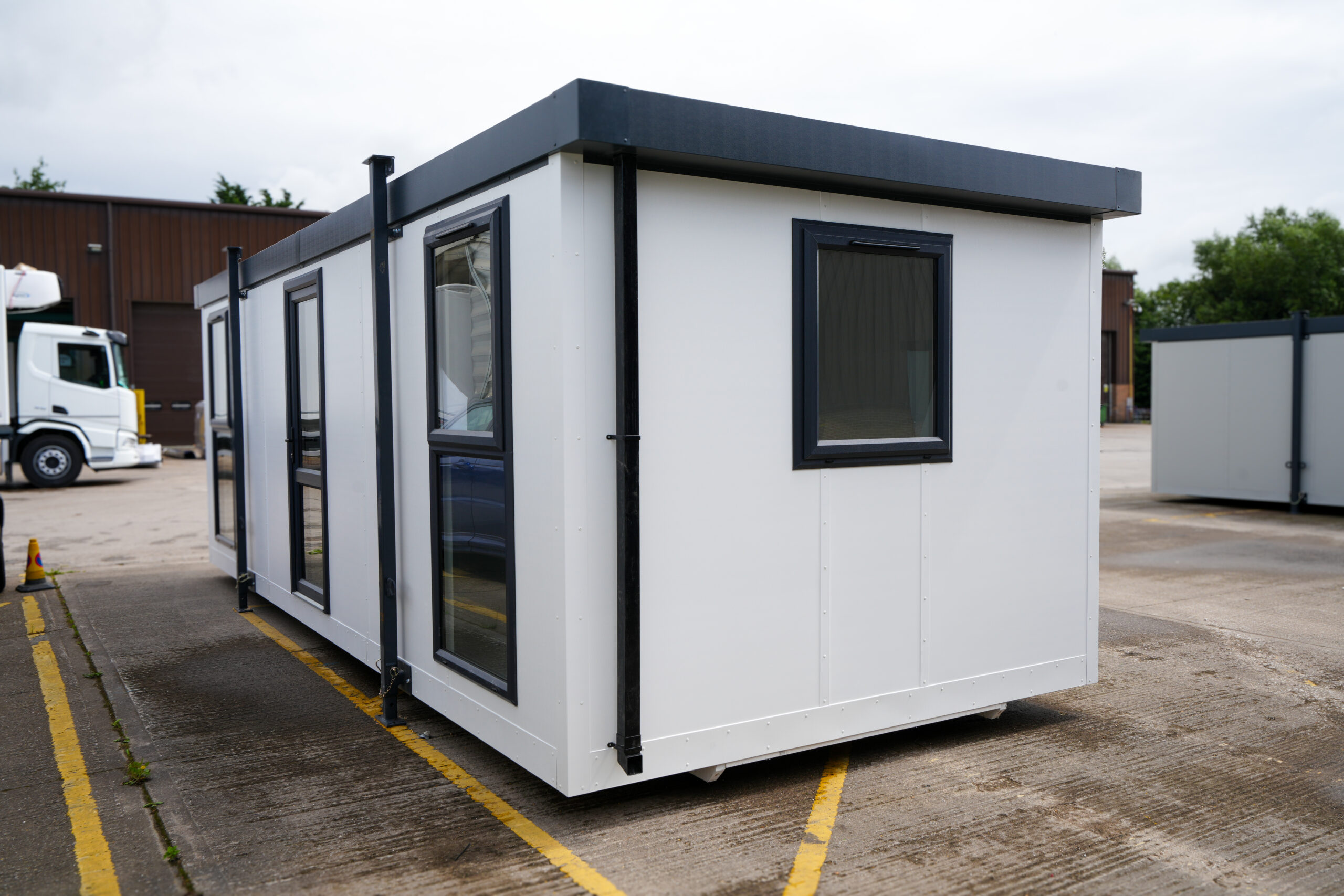 Add My Company
Add My Company

There is a lot of value in premium portable buildings, as they can be used and reused for a variety of different purposes without compromising the needs of the people working or living within them.
They are excellent value for money by virtue of being prefabricated and therefore more efficiently constructed at scale, and they could be very quickly assembled and constructed on-site without the need for the specialist tools and equipment often required for conventional building construction.
Portable buildings are essential if your business needs to be up and running quickly, but they can sometimes prove so popular that they end up becoming a permanent headquarters.
The importance of modular construction, prefabrication and portable buildings is something that has been known throughout human history. There are many examples of buildings, forts and sometimes entire villages that have been constructed, disassembled and then rebuilt in a new location.
Portability is the reason why the original Potemkin village trick allegedly worked; buildings were hastily assembled and moved to provide the illusion of a prosperous village, although exactly how true the original legend is remains unclear.
However, the modern starting point of portable buildings involves a British carpenter and his son’s journey to Australia.
A Building For The Wider World
There are a lot of examples of buildings that were either designed to be portable or were made portable, and there were two main early purposes for this.
The first was to assist parties who were intended to be portable in the first place, just as armies, travelling messengers or diplomats who needed to ensure that wherever they ended up they had a safe place to sleep.
The second was for settlers, who needed portable buildings to quickly set up a new village and ensure it had everything people needed to survive before they explored nearby areas to set up more permanent and locally derived amenities.
There were portable fortresses in Ghana as early as the 15th century, The Great House of Cape Ann, Massachusetts was partially prefabricated and was portable enough to be moved to nearby Salem in the 17th century and there were reports of portable hospitals in the West Indies in 1801.
However, the first modular construction concept that was widely advertised and used beyond a single project or group of people was the Manning Portable Colonial Cottage, first constructed in 1833.
It was not the first prefabricated building set to Australia; a range of very basic timber-framed buildings were shipped to the capital of Sydney, but they were not far from an ideal system of construction for such a distant destination.
Henry Manning was a carpenter based in London who wanted to help provide a suitable shelter for his son, who planned to travel to Australia in 1830.
The system was designed to be interchangeable, easy to prefabricate and even easier to construct using extremely basic tools, with parts that were designed for transportation.
Mr Manning later explained that he designed the cottage in a way that none of the timber and panel-infill pieces were too heavy for an average man or child to carry for several miles, with the idea that transportation or a “beast of burden” may not be available.
All that was needed was a standard wrench; there was no need for complex jointing, any cutting at all or even hammering nails, which made it easier to construct than the later trend of pre-cut kit houses that became popular in the early 20th century.
This made it a far safer bet to send on huge voyages, as it offered peace of mind to travellers who might not have had the survival and carpentry skills Mr Manning did.
It ultimately worked perfectly, and Mr Manning put it into full production, producing several different portable building models designed with international travel in mind.
Several examples still exist, most notably the Religious Society of Friends Meeting House in North Adelaide, initially ordered by John Barton Hack and now resides on the South Australian Heritage Register.
The concept spread not only across Australia, where hundreds were shipped in 1853 alone but throughout the world as the concept and design were replicated.
By 1840, the California Gold Rush was in full effect in the United States, which led to a wave of prefabricated buildings designed to be easily transported by train, assembled quickly, taken down and moved as gold mines dried up.
This led to a century-long love affair between the United States and prefabrication, one that only ended with the advent of the Second World War and the evolution of new technologies that made portable buildings even more convenient.
For more information on What Was The First Advertised Portable Modular Building? talk to Cabinlocator Ltd

